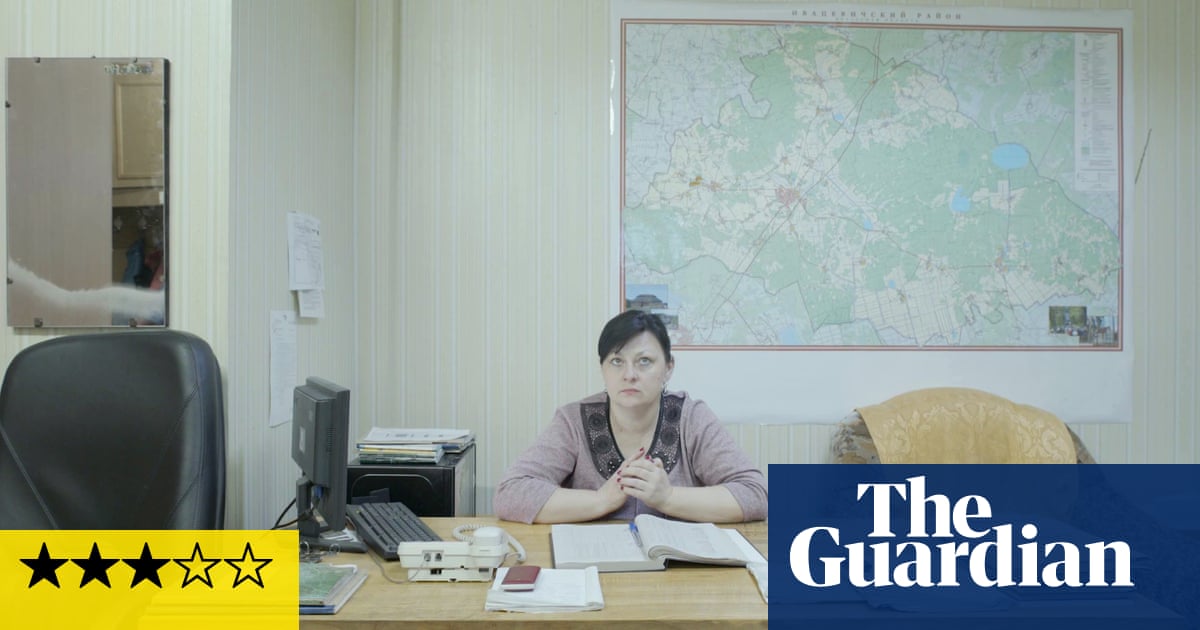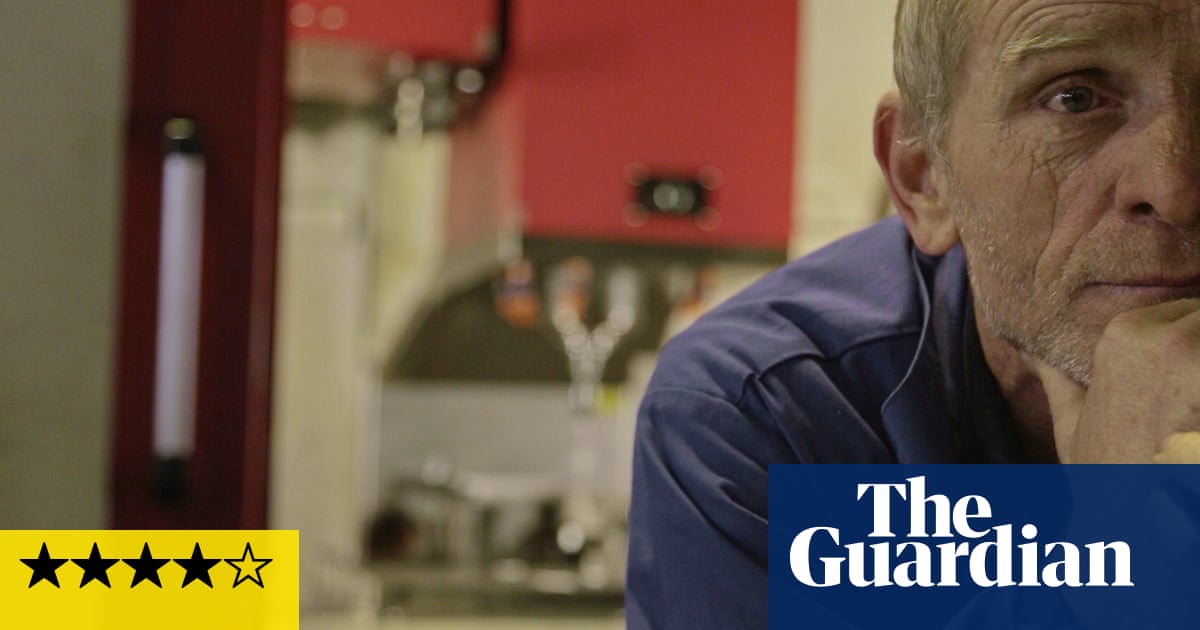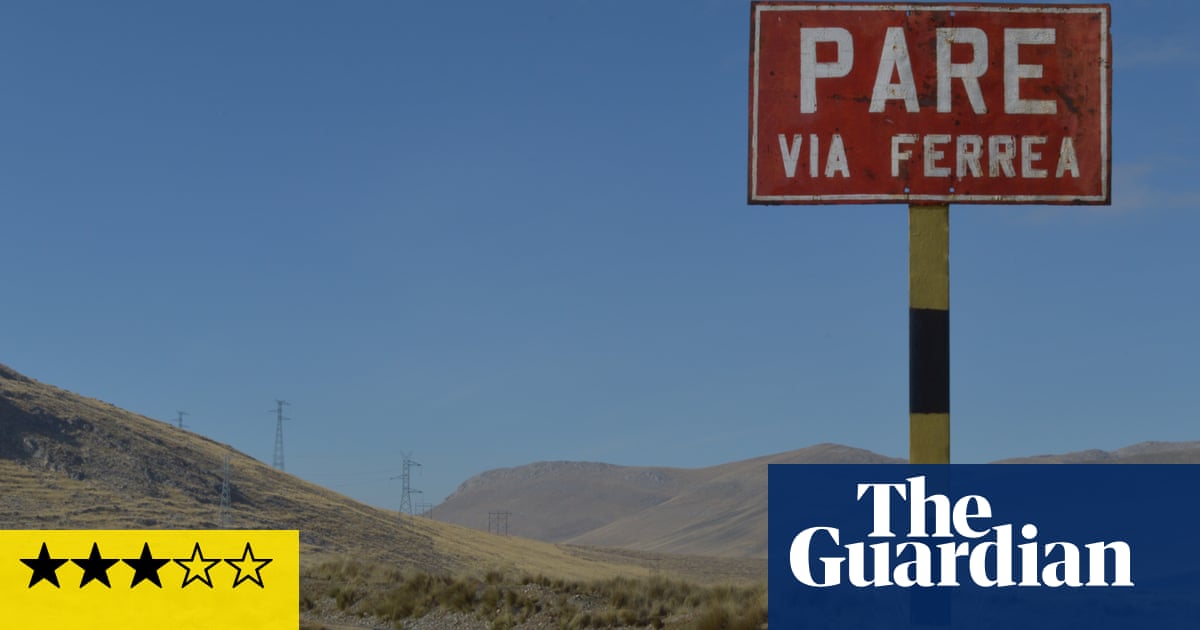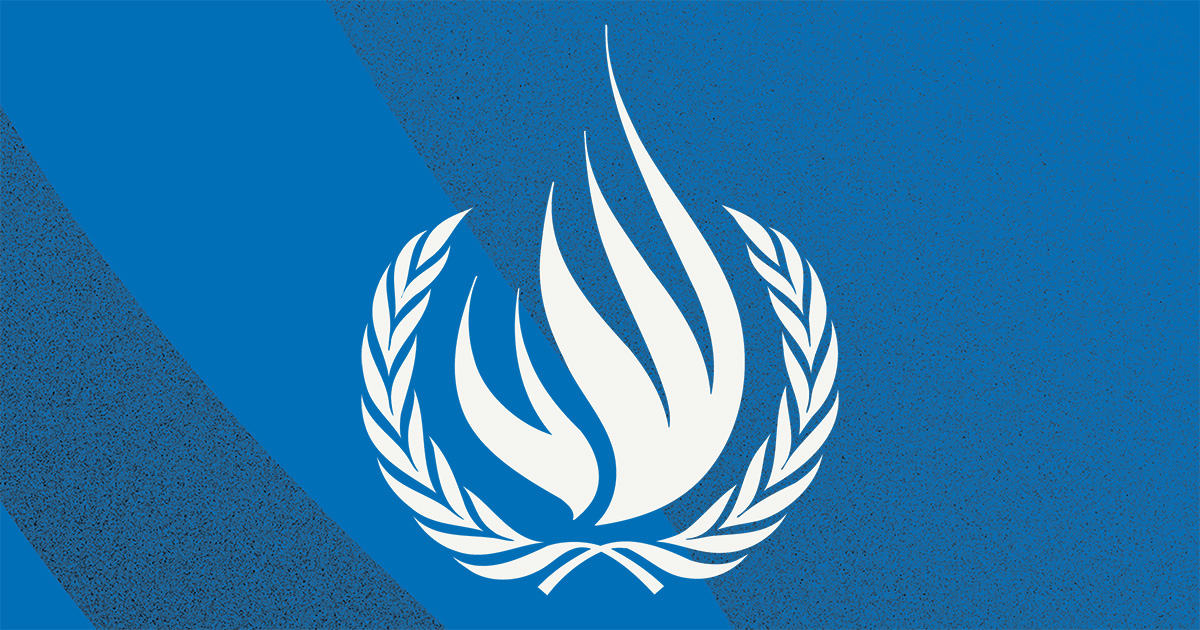
Cast in a subdued, beige-toned palette, the tableau-like compositions in Kristina Savutsina’s documentary portrait of a small Belarusian village echo the wry sensibility found in the work of Swedish director Roy Andersson. Like in the latter’s output, Khan’s Flesh traffics in the mundanities of everyday life, where ordinary events also hold the capacity for poignancy and irony.
Throughout this crisp 57-minute film, the camera remains static, yet the highly associative editing creates a sense of movement and rhythm out of stillness. Moving from one ordinary space to another – a hospital bed, a church, a community meeting room, even a graveyard – Khan’s Flesh manages to elicit a kind of circular totality out of a constellation of minute gestures. At once simple and monumental, images of reunion and separation, birth and death are strung together in a deliberately undramatic fashion; after all, these are the very facts of life.
It is also worth noting that, besides intermittent scenes shot inside private spaces, Khan’s Flesh largely focuses on places where people come together, whether in celebration, in mourning, or for practical purposes. In the same way that the film emphasises the connective power of the montage, it also seems to stress that the identity of this little village rests not on any one individual, but in how these modest lives collide and brush against one another on a day to day basis.
Moreover, the kitschness of certain cultural practices, including an amateur stage performance where young women sway to an Eurodance tune while remaining completely stony-faced serious, is amusing but also suggest serious depth. Considering the complex sociopolitics of the region, this representation of community and geographical identity is much more fragile than it seems, and should not be taken for granted.












